Solar energy is one of the most popular renewable energy sources. Solar tracking systems increase energy efficiency by enabling solar panels to continuously follow the sun. These systems produce more energy than stationary solar panels, making it possible to maximise the use of solar energy.
The main purpose of solar tracking systems is to ensure that the panels receive sunlight with the highest efficiency. These systems, which follow the movement of the sun, usually move on two different axes and thus remain at the optimal angle throughout the day. This mobility makes a significant contribution by increasing energy production by 25-35%.
Solar tracking systems are used both in large-scale solar power plants and in small-scale individual applications. These systems have a wide range of uses from the agricultural sector to industry, from residences to commercial buildings. With technological developments, the costs of these systems are decreasing and their accessibility is increasing, which allows solar energy to be used more widely.
Solar Tracking System Applications
Solar tracking system applications offer innovative solutions that aim to achieve maximum efficiency from solar energy. These systems increase energy production by enabling solar panels to follow the sun throughout the day. Thanks to its biaxial movement capability, the panels are kept at the optimal angle at all times, thus achieving a significant increase in energy production. Solar tracking systems have a wide range of applications from agricultural lands to large-scale solar power plants, from residential roofs to commercial buildings. Below you can see some examples of different application areas of solar tracking systems.
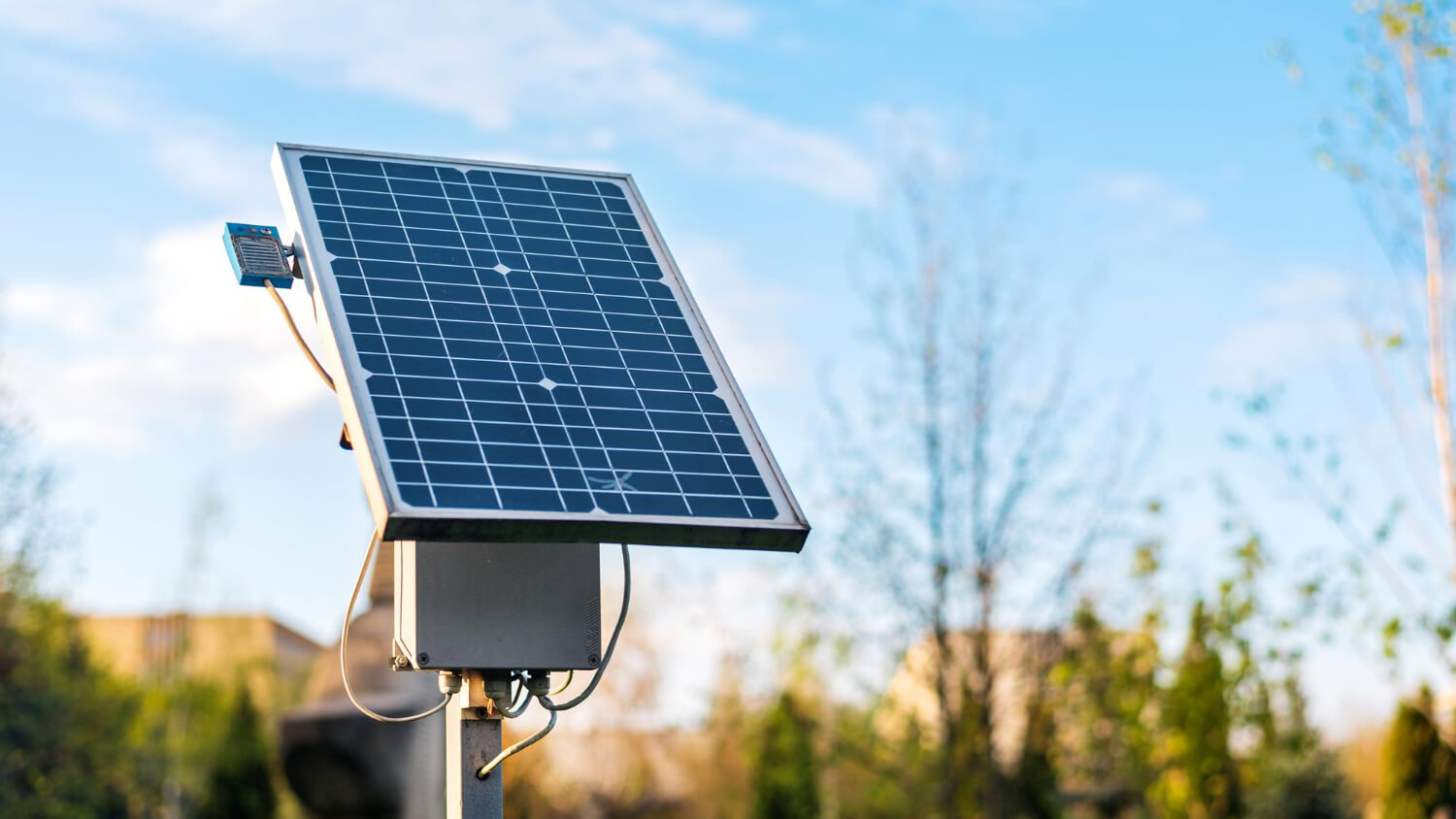
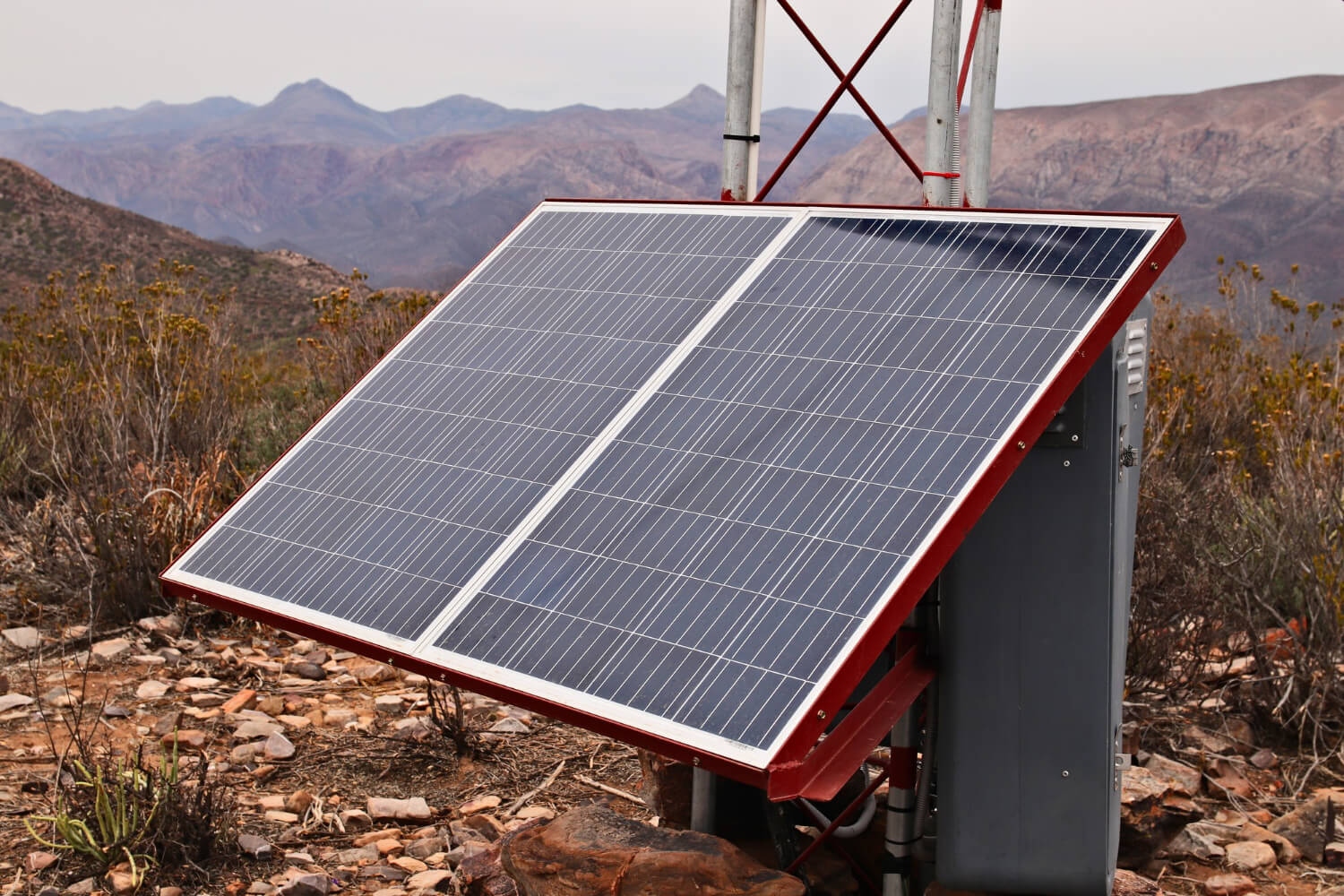
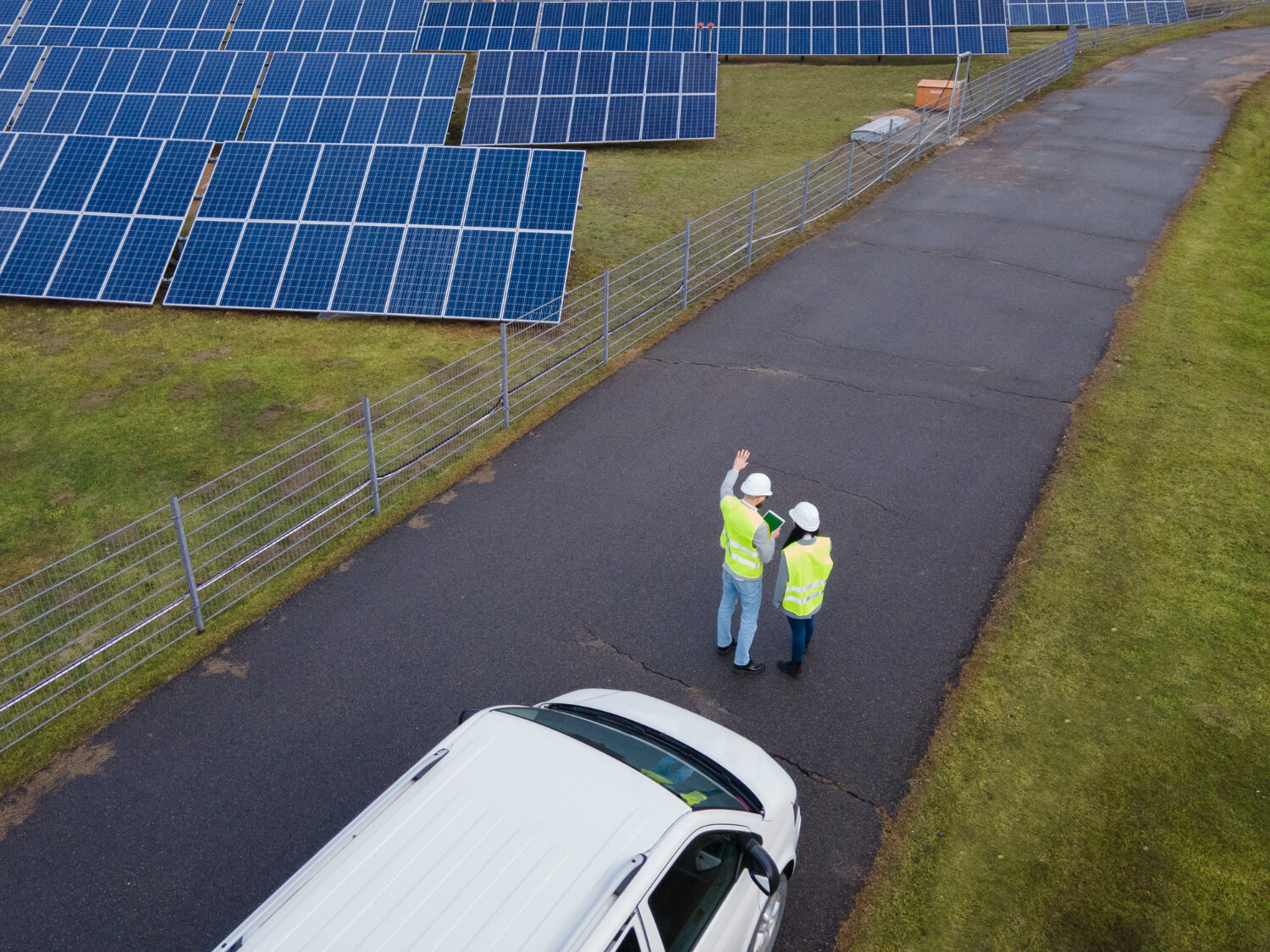
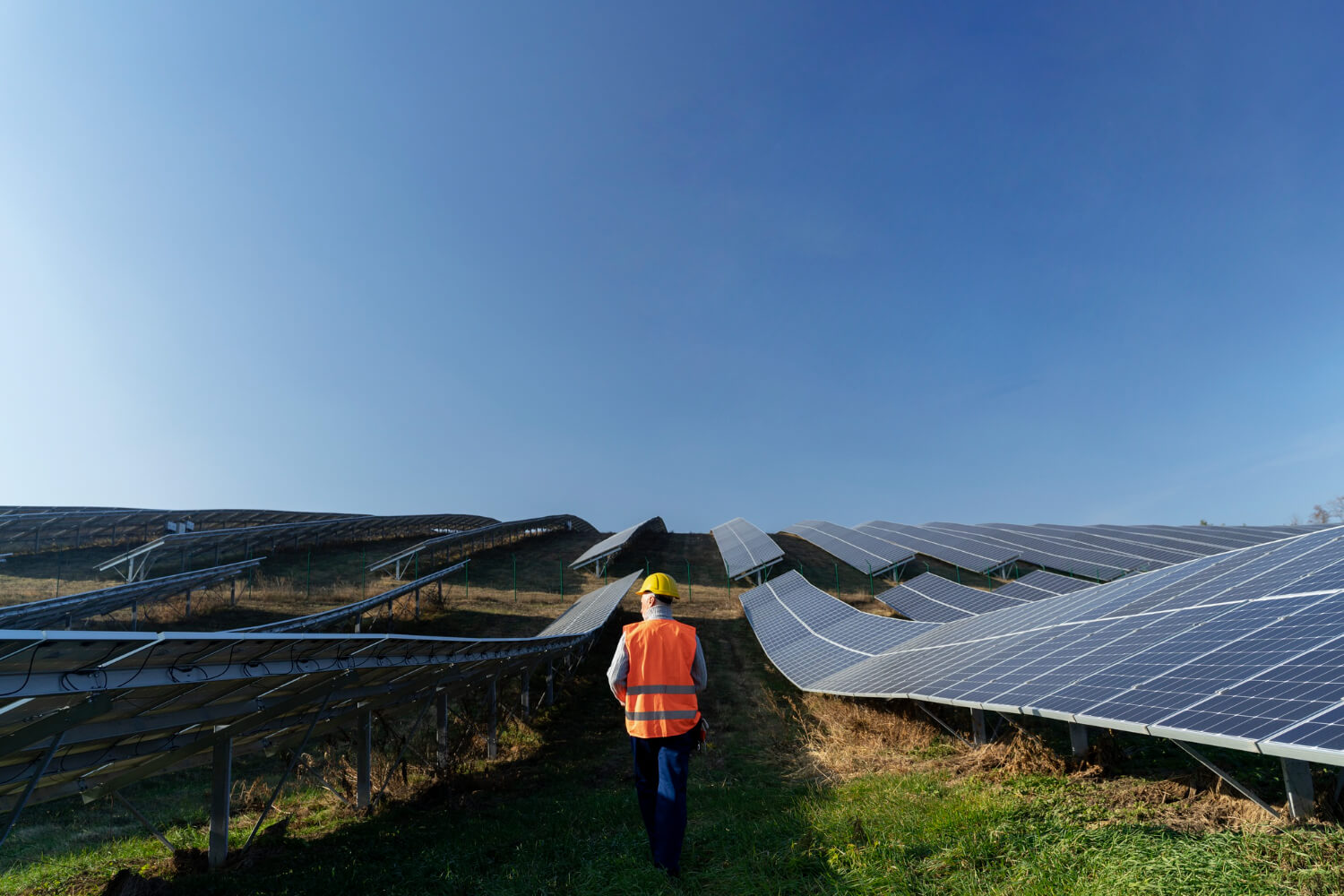
Solar Tracking System According to Control Methods
Solar tracking systems vary according to their control methods and axes. These systems are divided into two main categories as single-axis and dual-axis. Both types allow efficient use of solar energy, but differ in their functions and application areas.
Single Axis Solar Tracking System
Single-axis solar tracking systems move the solar panels in the east-west direction. In these systems, the trajectory of the sun throughout the day is monitored and the angle of the panels is adjusted accordingly. Single-axis systems provide a 10-20% increase in energy production compared to fixed panels. These systems, which have relatively low installation costs, are widely used in large-scale solar power plants and large agricultural lands. In particular, they offer a cost-effective solution in large areas and have lower maintenance requirements.
One of the biggest advantages of these systems is their simple construction and fewer moving parts. This simplifies both the installation and maintenance process. Single-axis tracking systems provide high efficiency, especially in areas that receive direct sunlight. However, they can be less efficient than dual-axis systems in areas where sunlight is more diffused. Despite this, the increase in energy production and cost effectiveness make single-axis systems an attractive option.
Dual Axis Solar Tracking System
Dual-axis solar tracking systems allow the panels to move in both east-west and north-south directions. In this way, even the complex trajectories that the sun follows throughout the year can be tracked. Dual-axis systems produce 25-35 per cent more energy than single-axis systems, making them one of the most efficient options. They are often used in large-scale energy projects, research facilities and where high energy efficiency is required.
The biggest advantage of these systems is that they provide maximum energy production by receiving sunlight at the most favourable angle at any time. However, due to their complex structure and more moving parts, installation and maintenance costs are higher. They also require more space and can be more sensitive to strong winds. For these reasons, despite the high initial costs, the increase in efficiency in energy production provides a return on investment in the long term and offers an ideal choice for those looking for environmentally friendly energy solutions.
You can examine single and dual axis solar tracker systems in detail on our products page.
Energy Consumption and Protection against Natural Phenomena
Energy consumption is an important factor determining the efficiency and longevity of solar tracking systems. Solar tracking systems use motors and sensors to make the panels follow the sun throughout the day. These components consume energy and this consumption can affect the overall energy efficiency of the system. However, modern solar tracking systems use advanced algorithms and efficient motors to minimise energy consumption. In this way, most of the extra energy produced by the panels is realised as a net gain. Energy consumption management optimises the performance of the systems and provides long-term cost savings.
Protection against natural phenomena is critical to the durability and reliability of solar tracking systems. Natural phenomena such as wind, rain, snow and hail can adversely affect the performance of solar tracking systems. Therefore, systems need to be robust against such events. Advanced solar tracking systems are equipped with sensors and control mechanisms that can detect wind speed and move the panels to a protective position. There are also systems that can change the tilt angle to reduce snow load during winter months. These features ensure that the systems operate reliably in all weather conditions.
The quality and durability of the materials used in the installation of solar tracking systems is another important component of protection against natural phenomena. Durable materials such as stainless steel and aluminium ensure the longevity of the systems and are resistant to corrosion. Furthermore, UV-resistant coatings create an additional layer of protection against the harmful effects of the sun. Such measures of protection against natural phenomena enhance both the performance and lifetime of solar tracking systems, so that users achieve long-term and reliable energy production.
What is Passive and Active Control in Solar Tracking Systems?
The control methods used in solar tracking systems directly affect the efficiency and performance of the systems. These methods are divided into two as passive and active control. Both methods enable solar panels to follow the sun, but their functioning mechanisms and usage areas differ.
Passive Control
Passive control refers to solar tracking systems utilising mechanical and thermal principles to track the movement of the sun. In these systems, the movement of the panels is achieved by using natural physical phenomena such as temperature difference or centre of gravity changes. For example, the angle of the panel can be changed by using special materials that expand when one side is heated by sunlight and contract when the other side is cooled. This method is low cost and has a simple structure as it does not require energy consumption. However, its sensitivity and control capability are limited, so it is not preferred in large-scale projects that require high efficiency.
Active Control
Active control refers to solar tracking systems that use sensors, motors and electronic control units to track the sun. These systems have sensors that continuously monitor the position of the sun, and the data from these sensors is transmitted to a central processor that controls motors and actuators. Active control systems ensure that the solar panels are positioned at the optimum angle throughout the day, which guarantees maximum energy production. This method offers high precision and flexibility, but is higher in terms of energy consumption and cost than passive control systems. Active control systems are preferred in large-scale energy projects and applications requiring high efficiency.
Passive and active control methods make it possible for solar tracking systems to adapt to different needs and conditions. Passive control offers simple and cost-effective solutions, while active control provides high precision and efficiency. Both methods have their advantages and disadvantages and the choice should be based on the scale, budget and targeted energy generation capacity of the project.


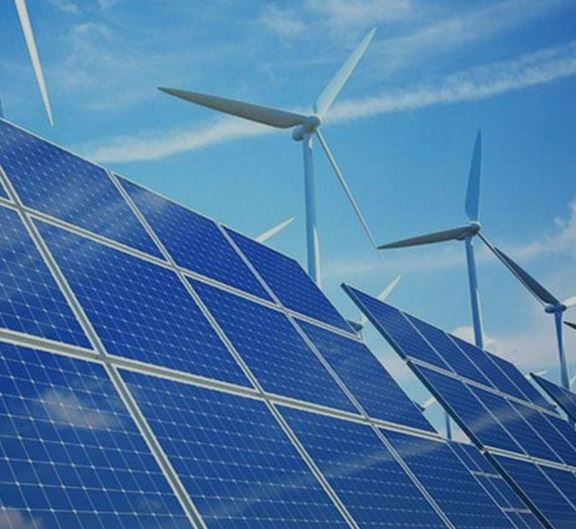

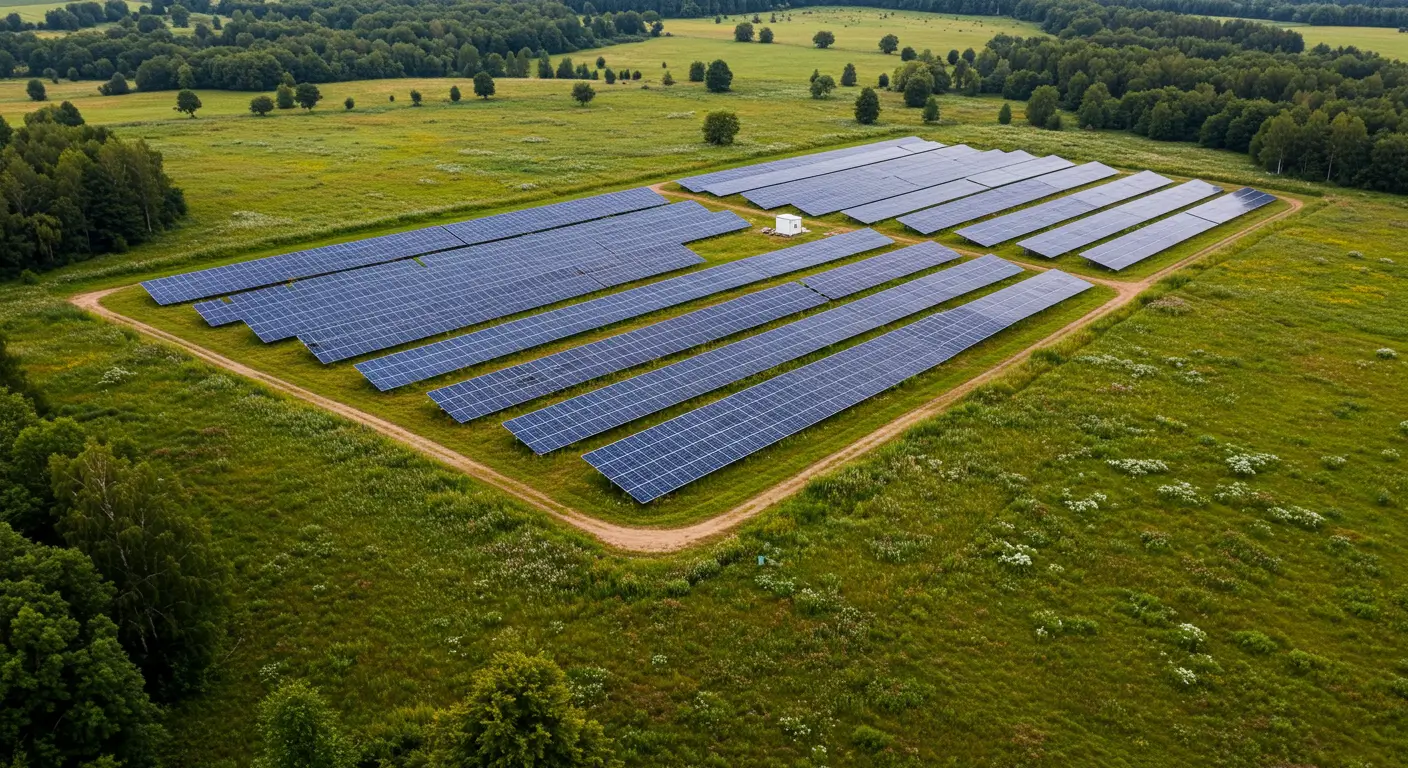
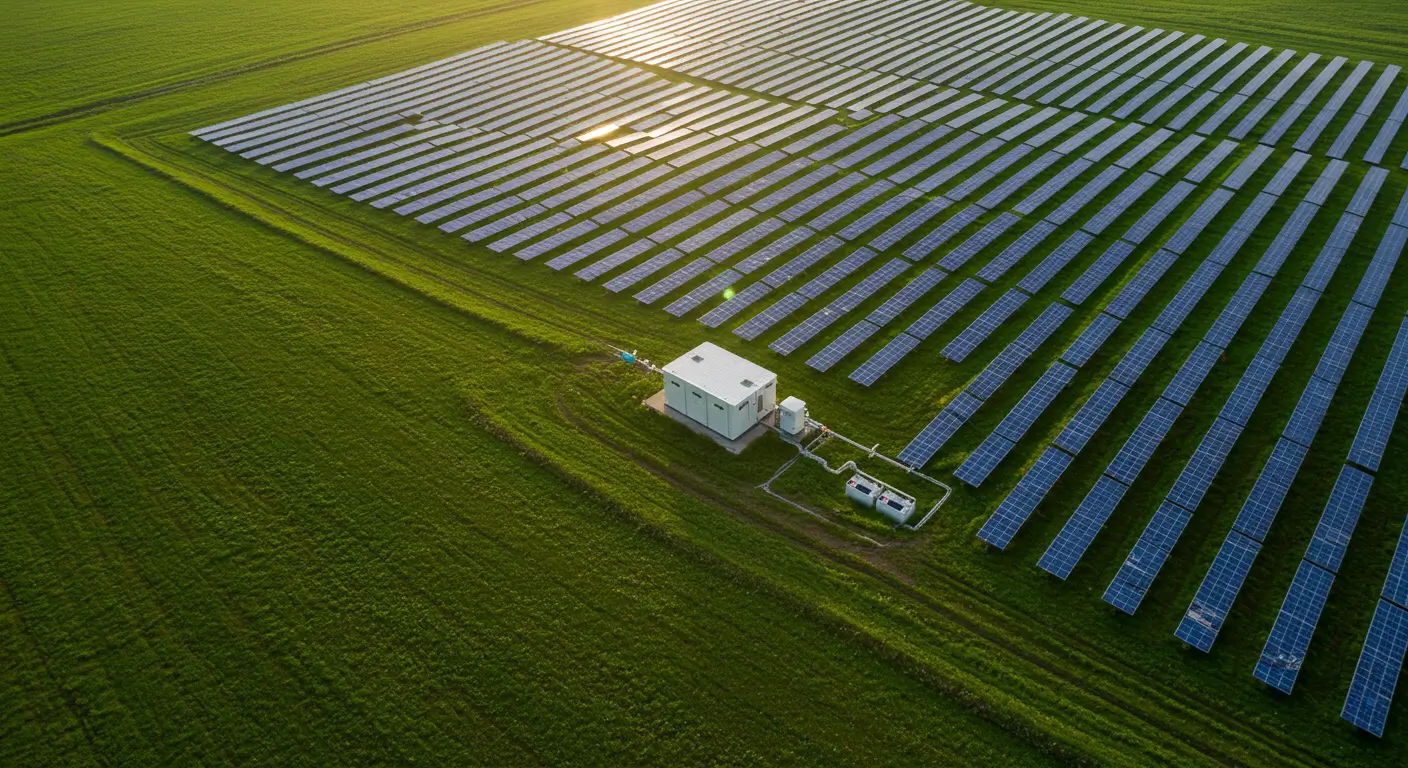
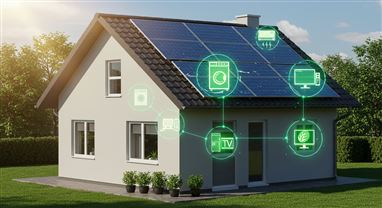
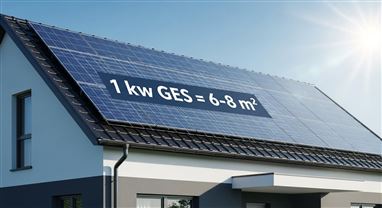
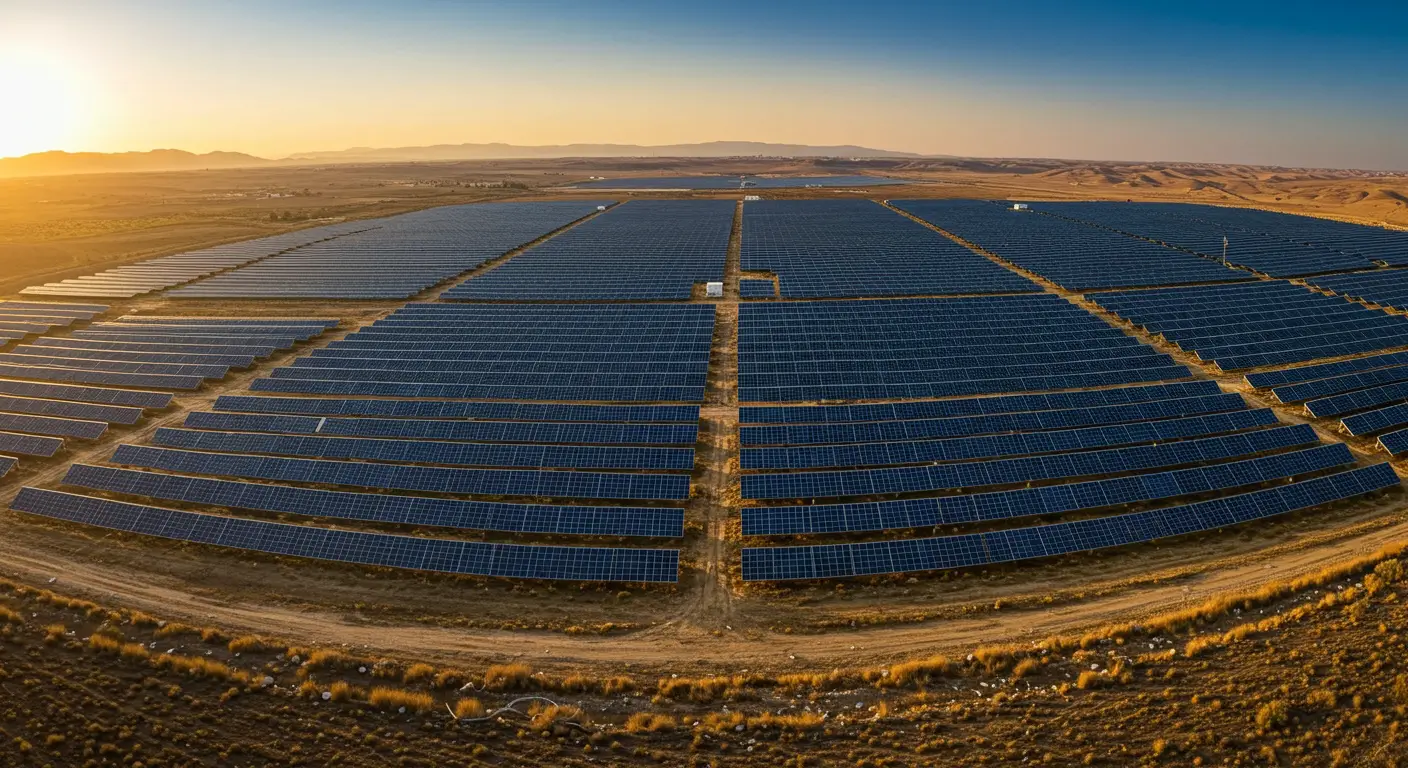
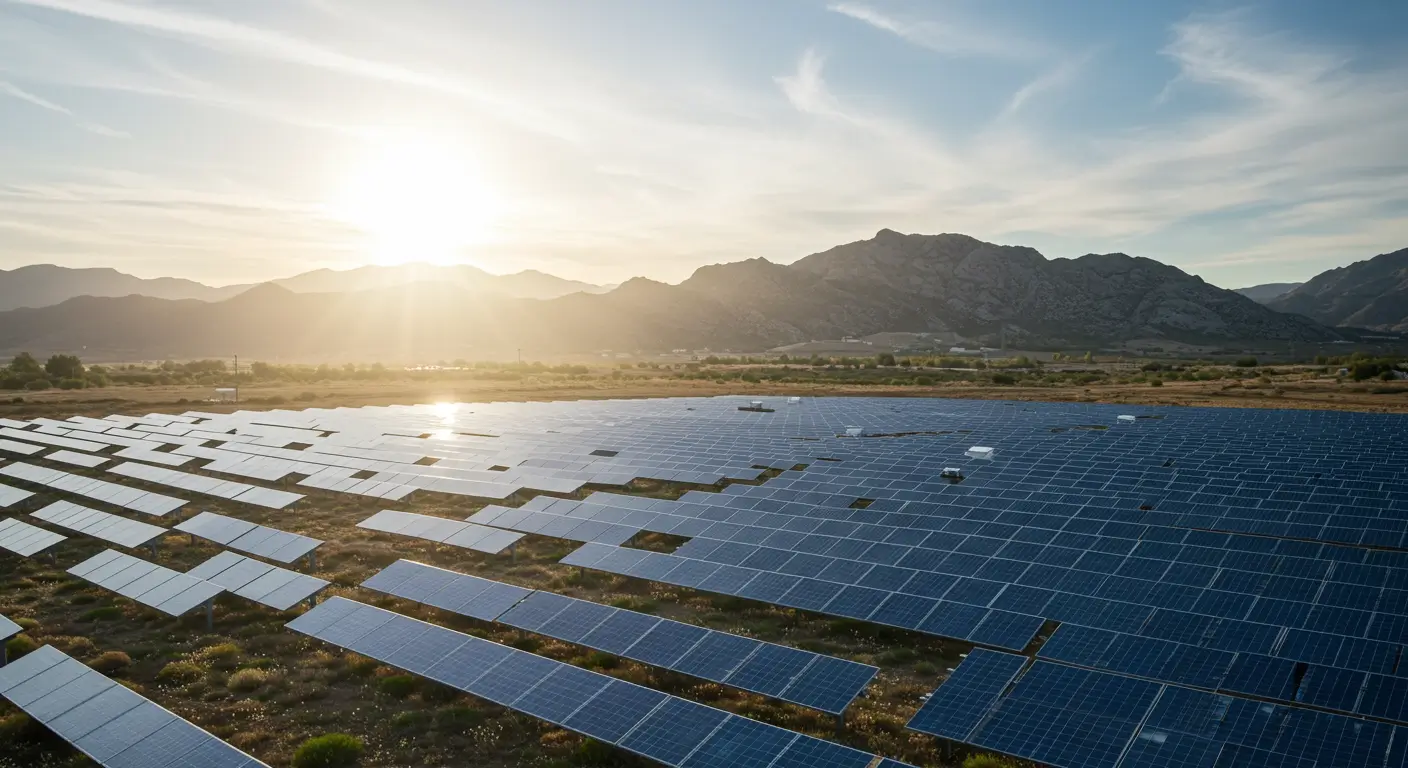
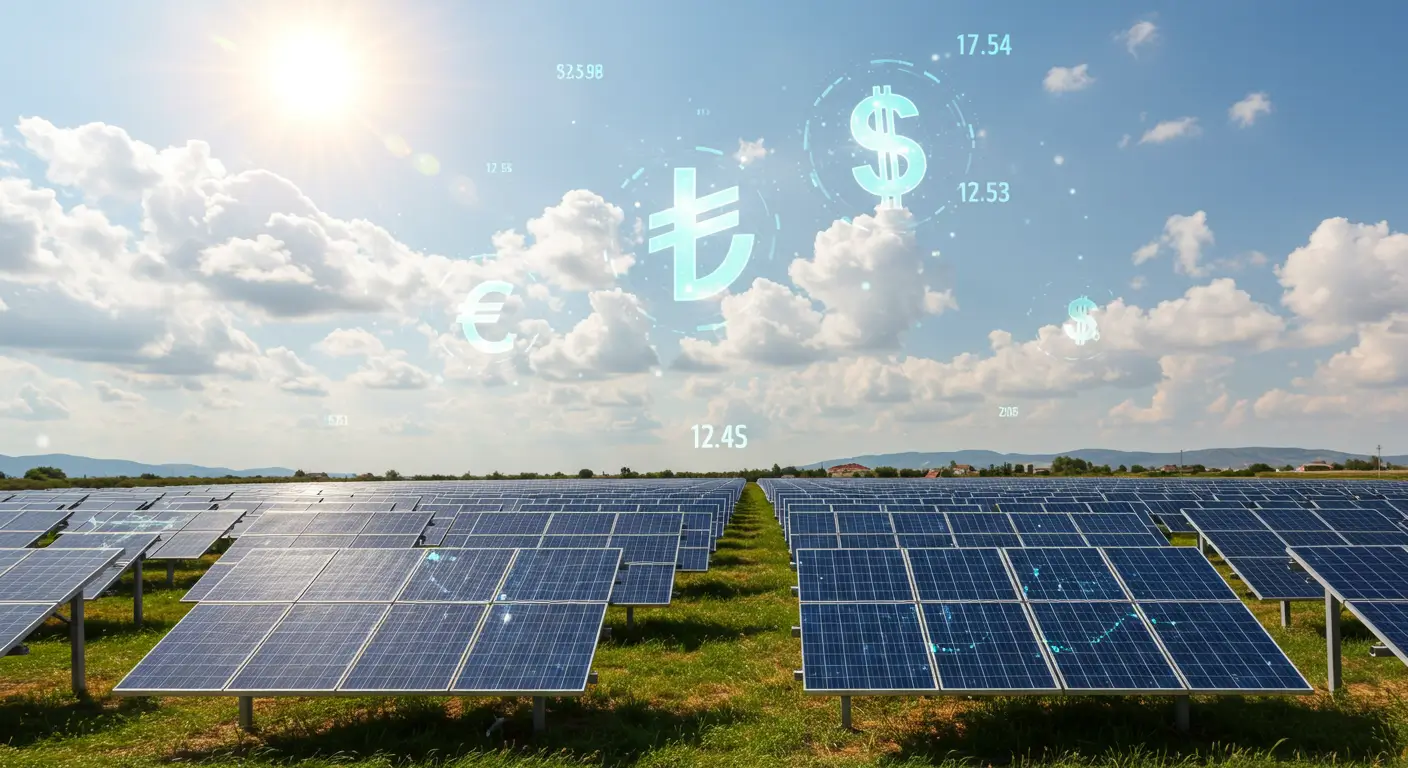
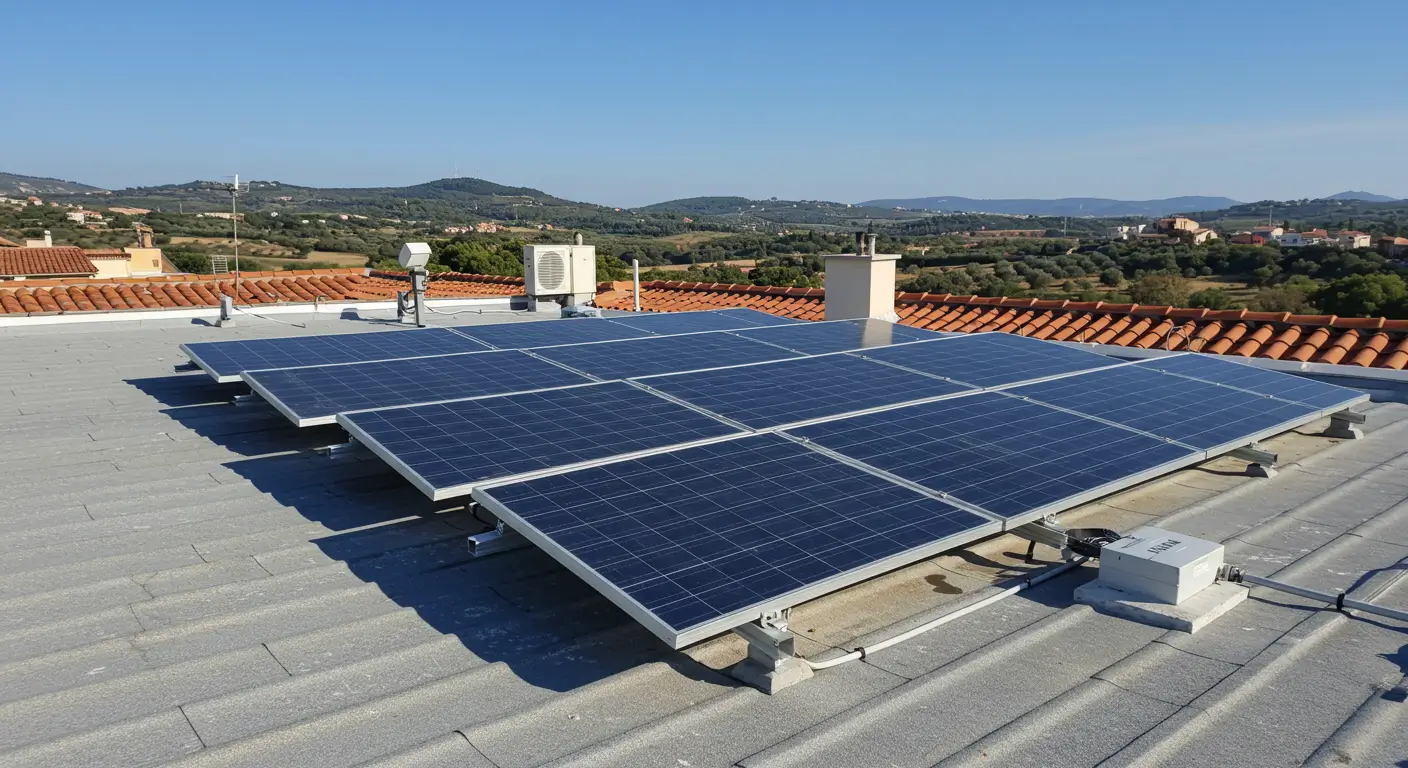
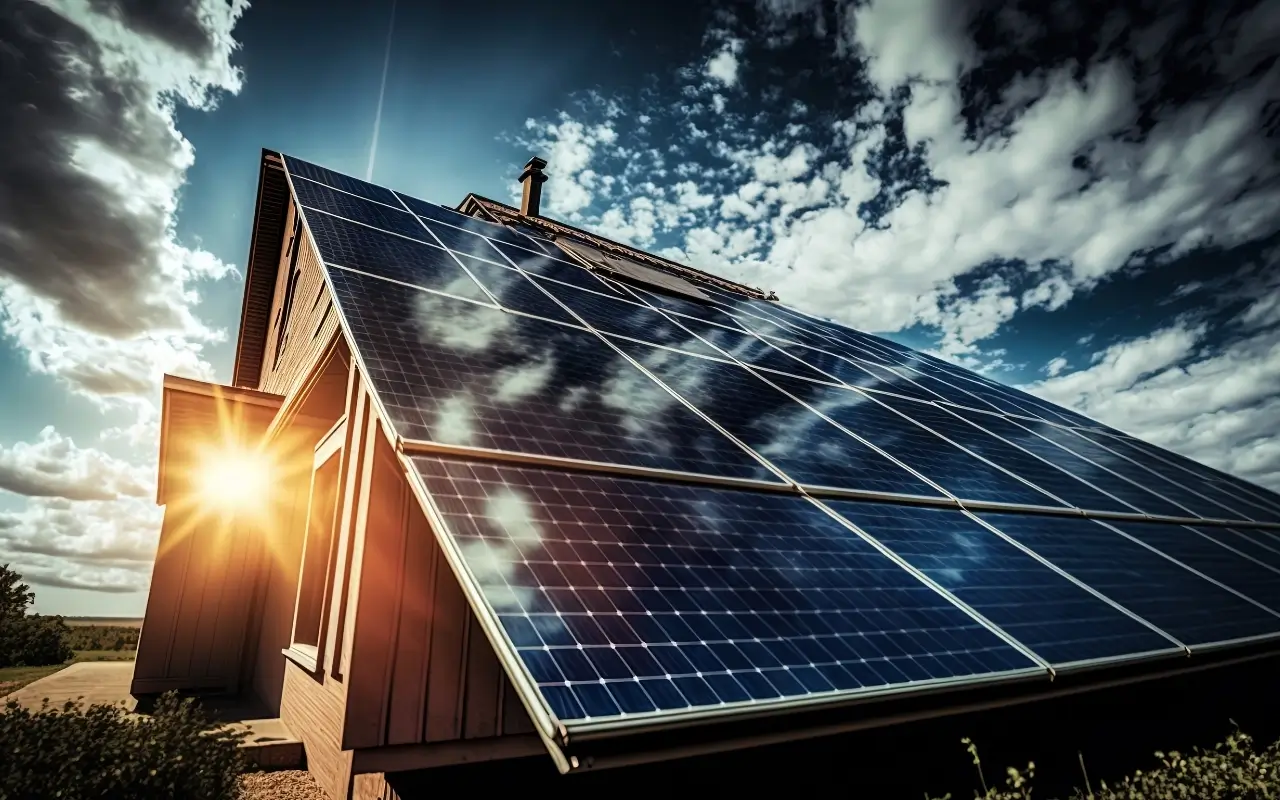
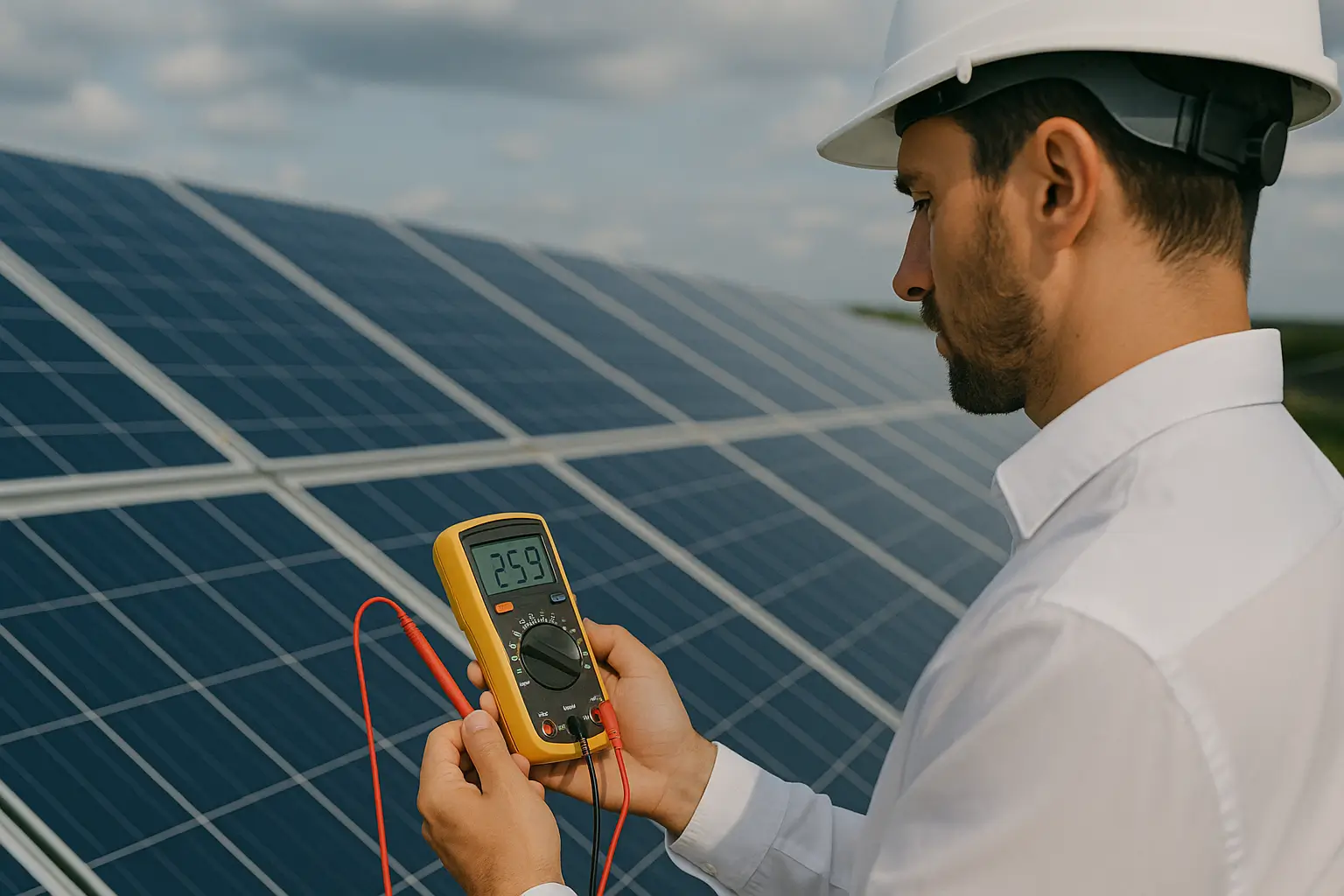
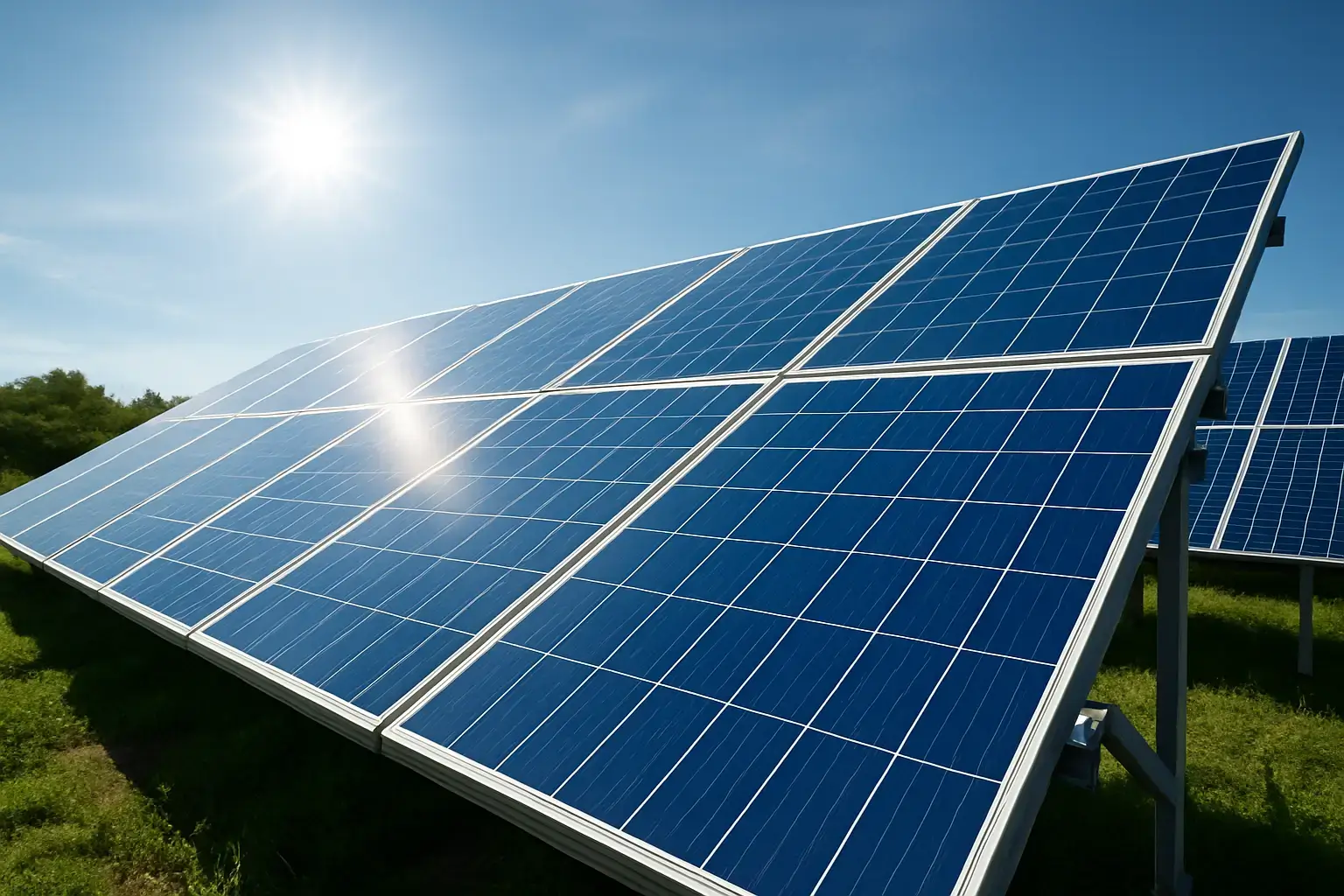
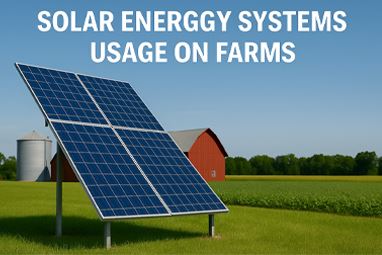
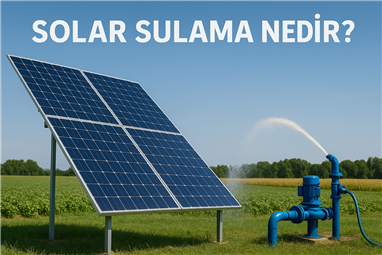
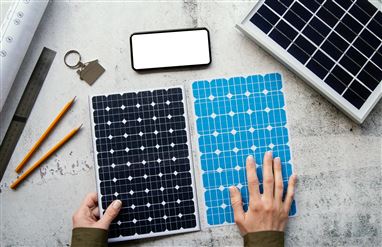
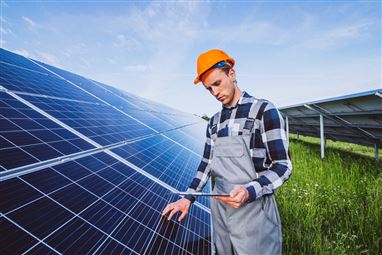
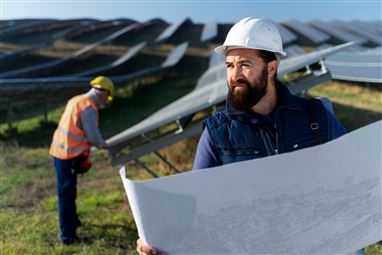
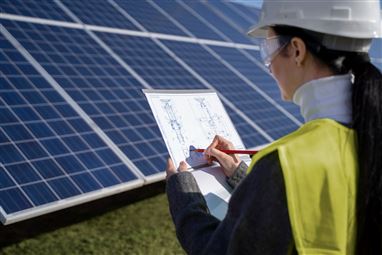
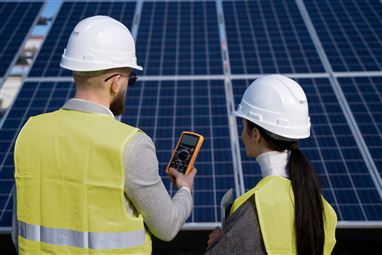
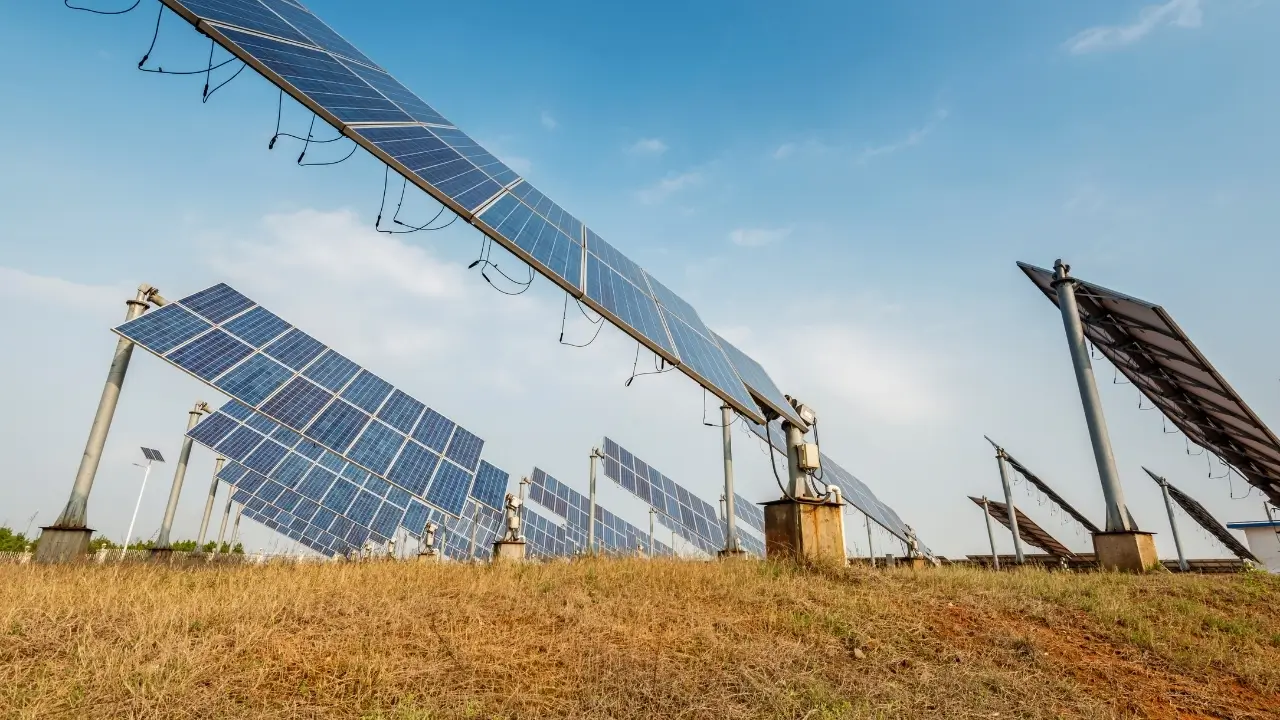
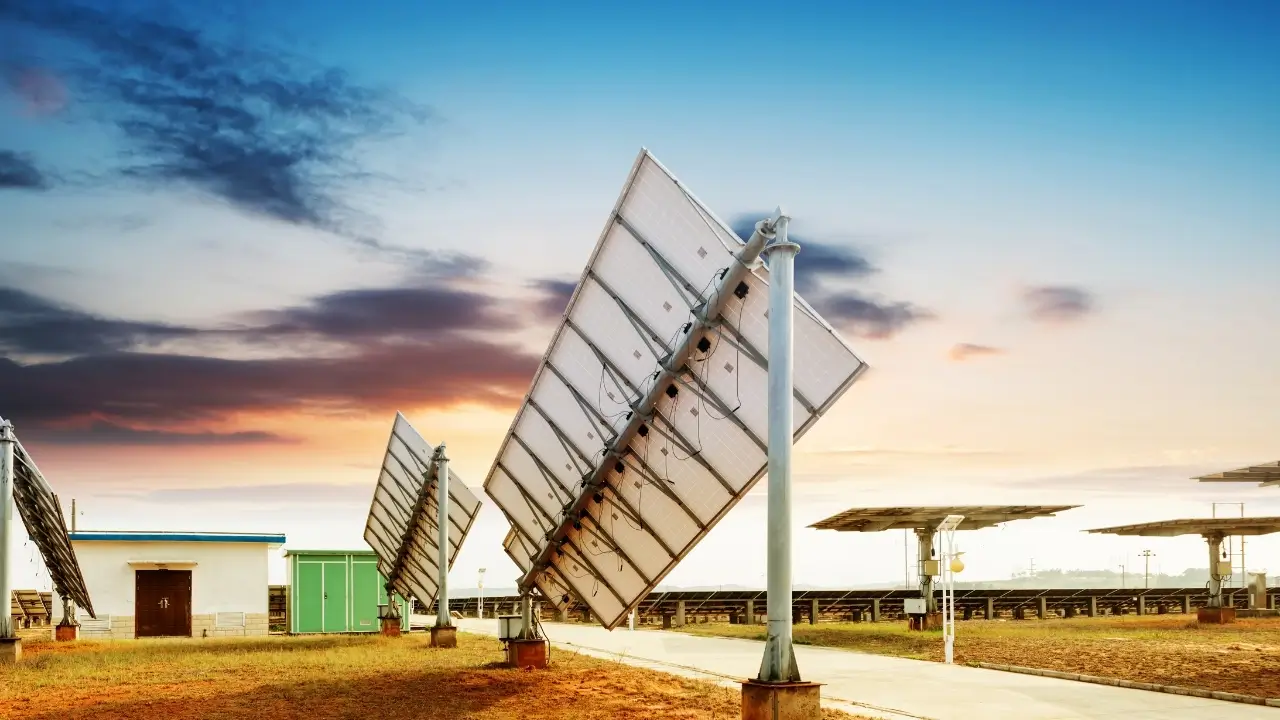
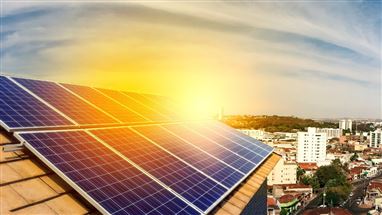
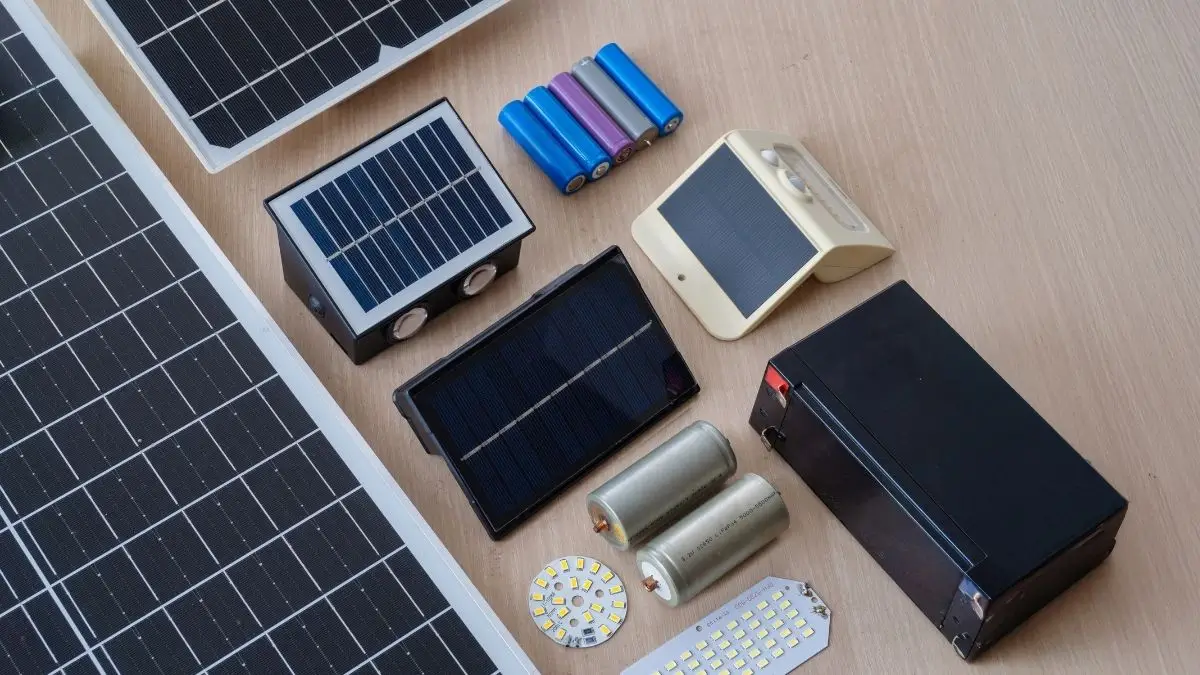
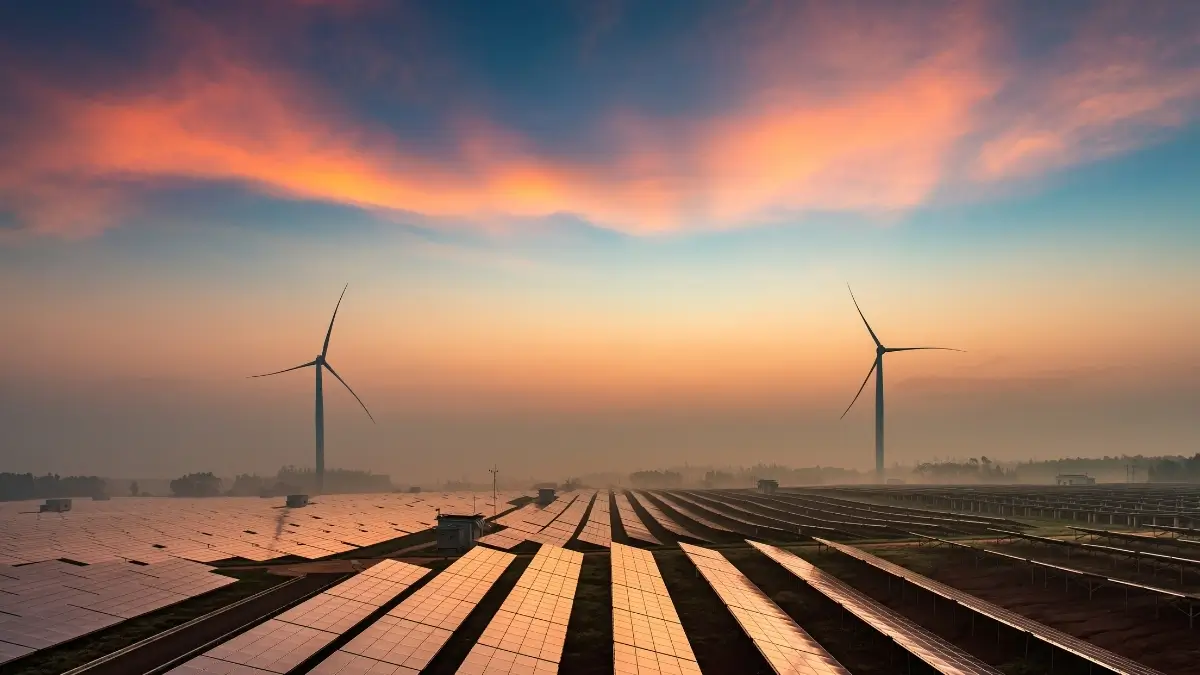
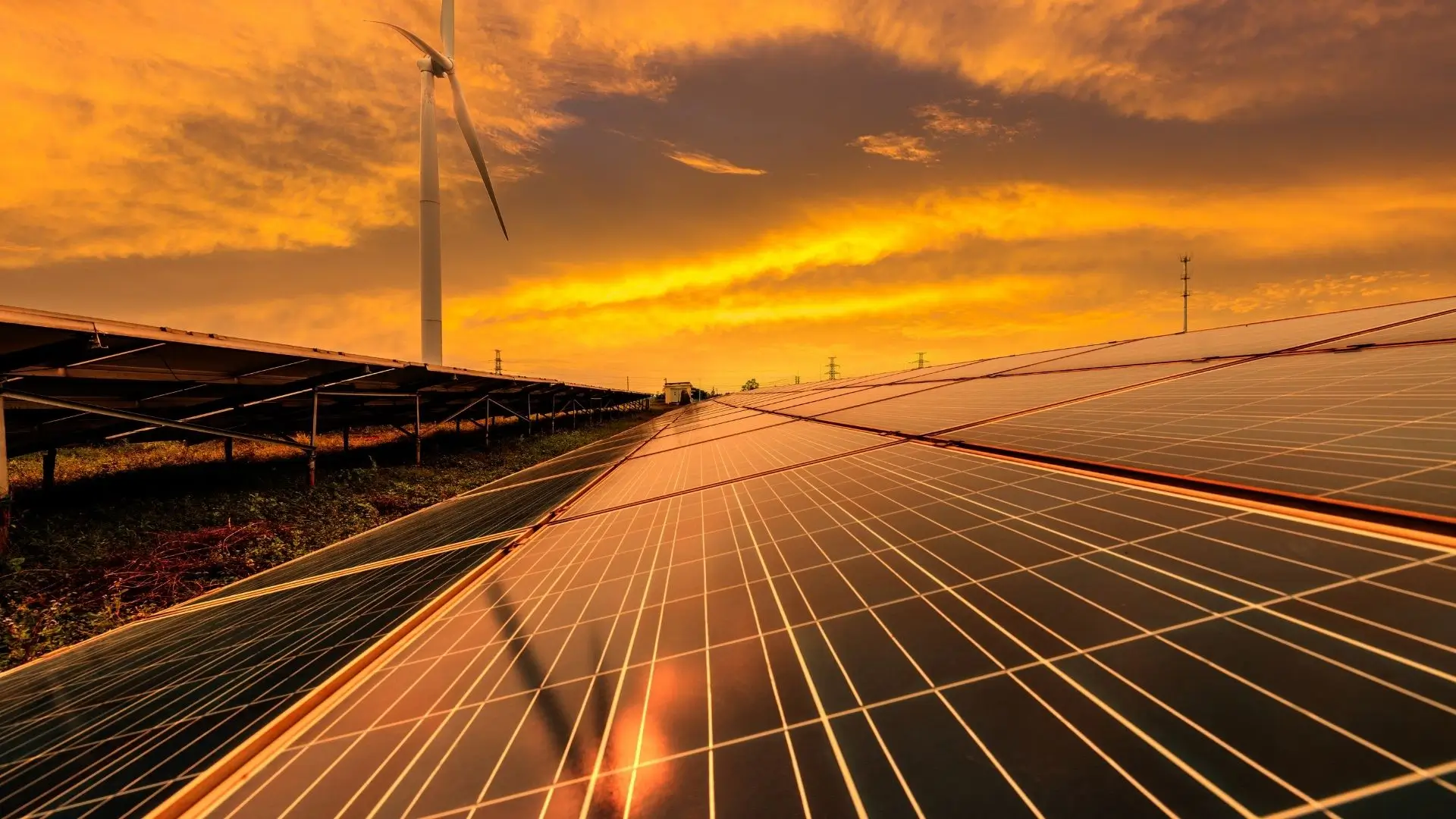
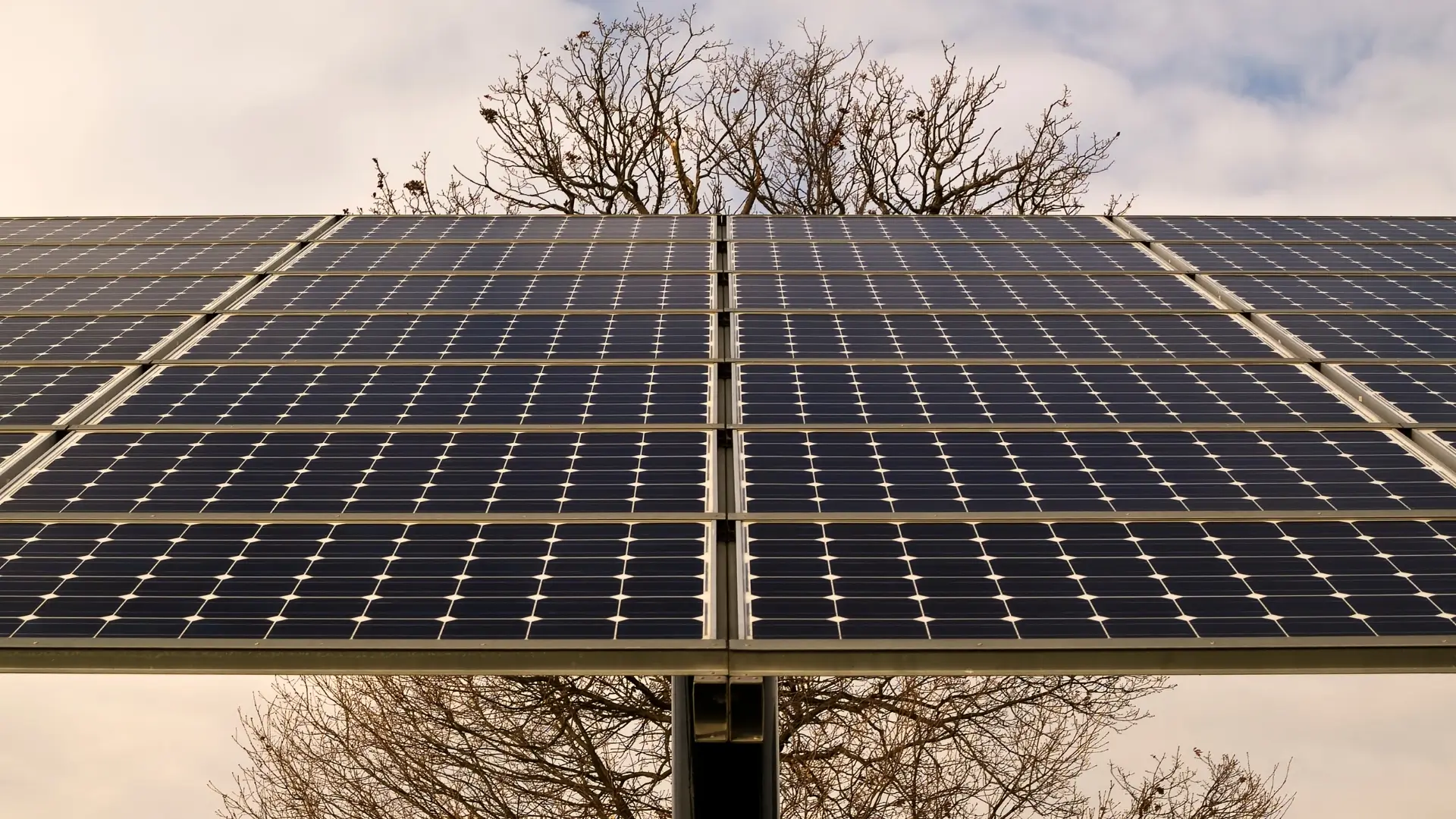
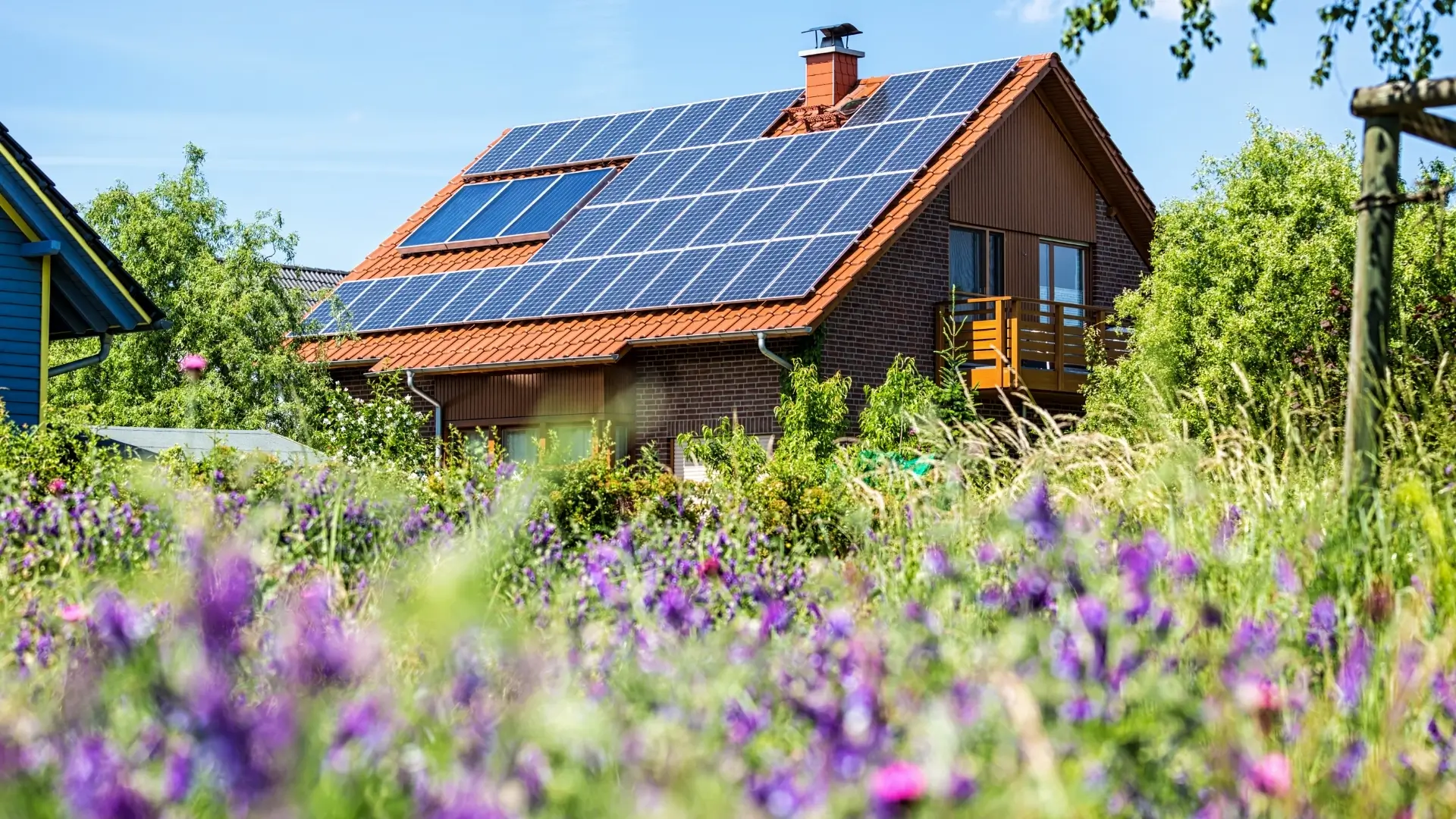
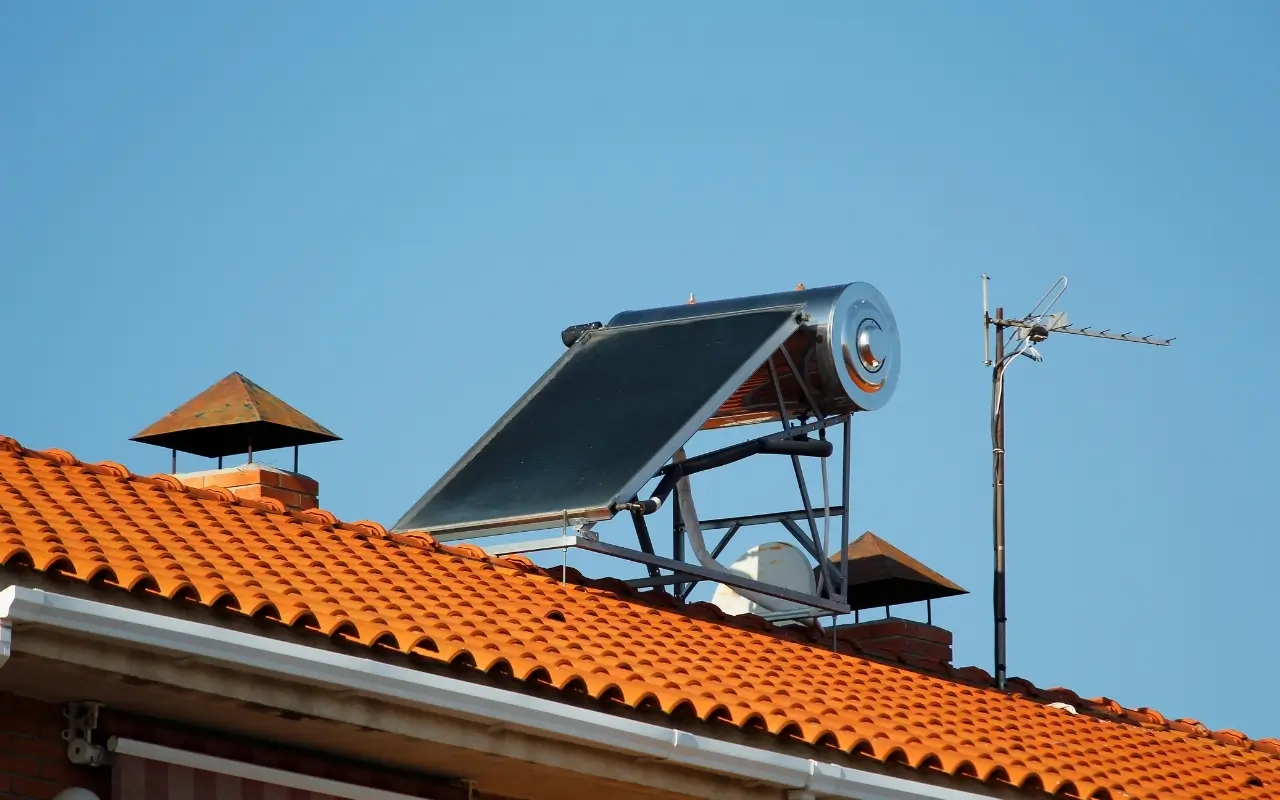
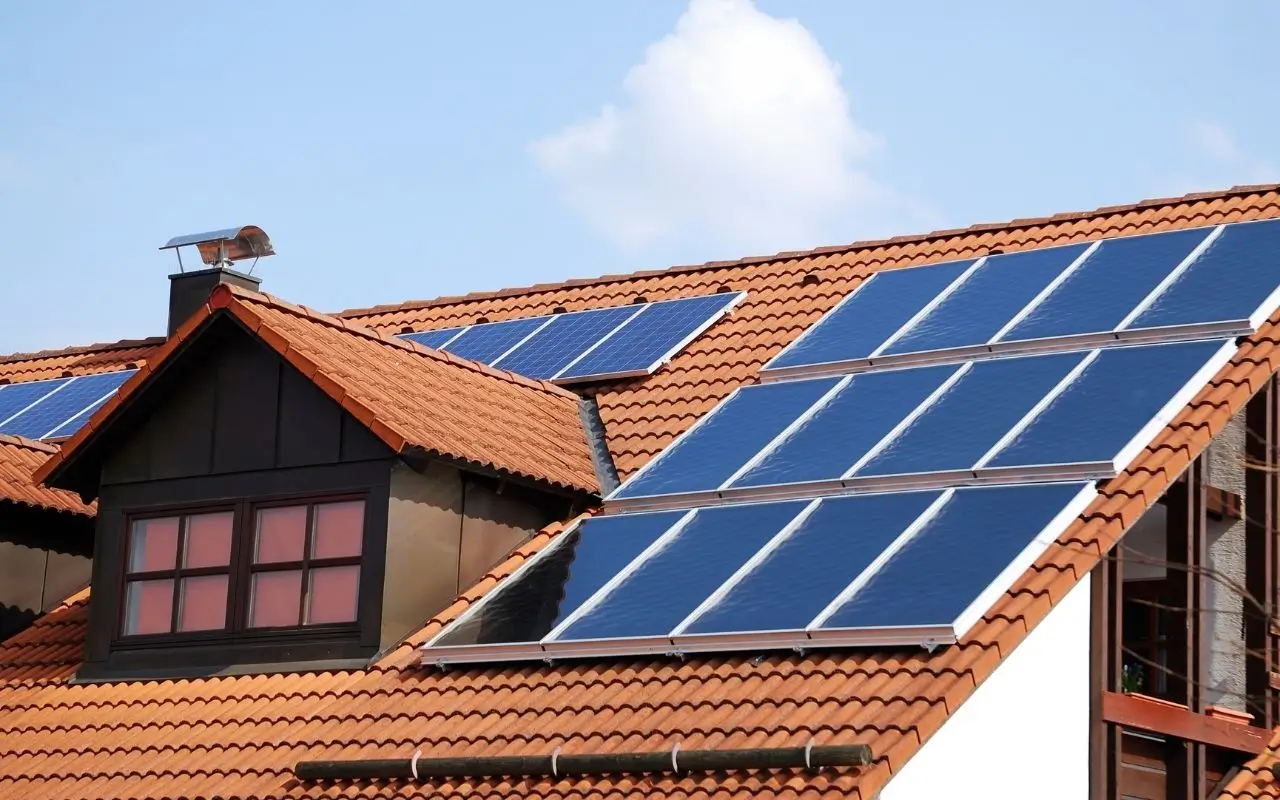
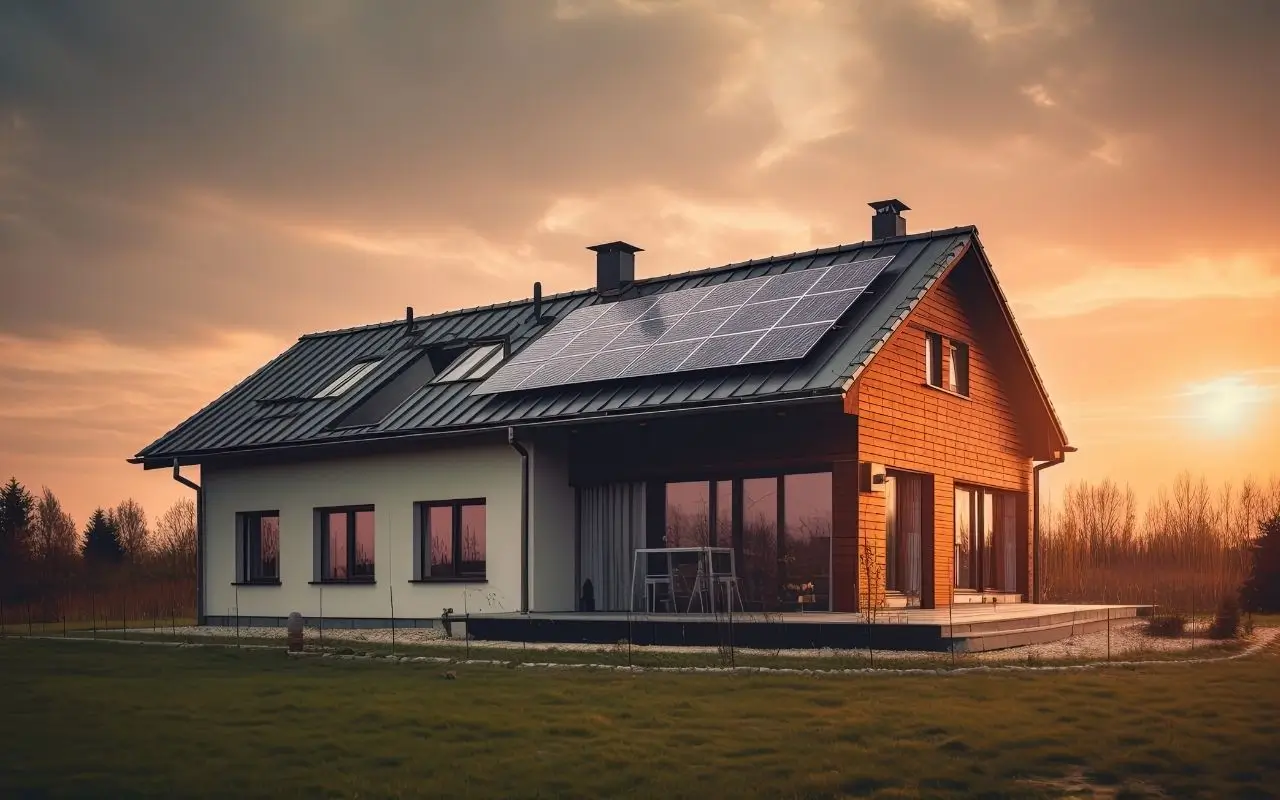
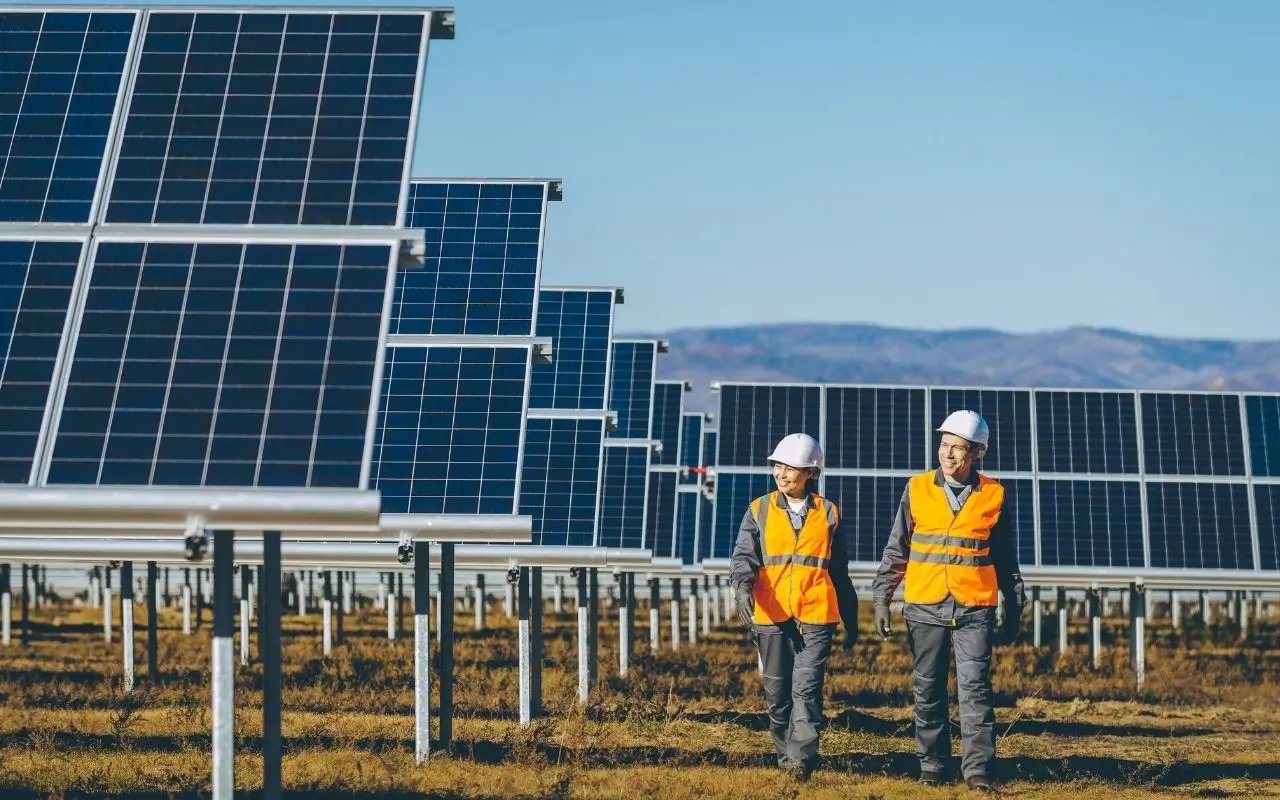
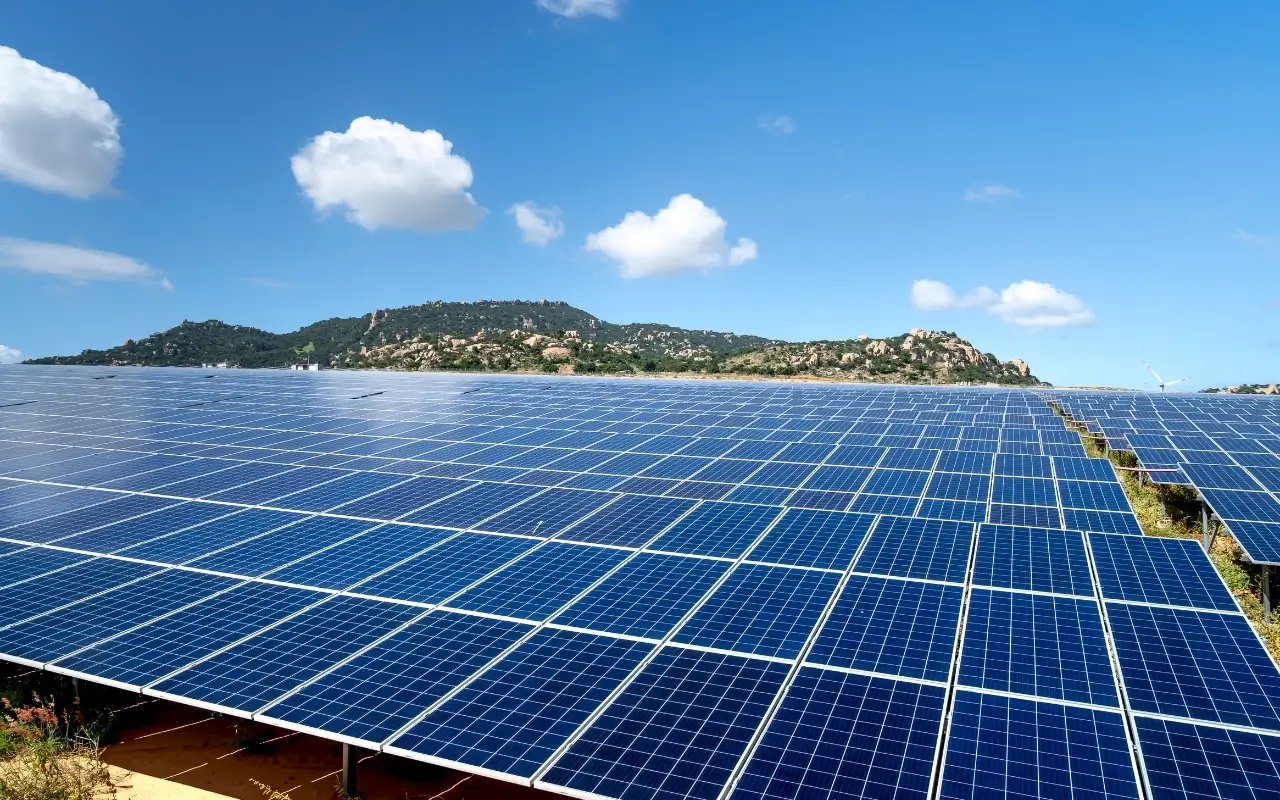
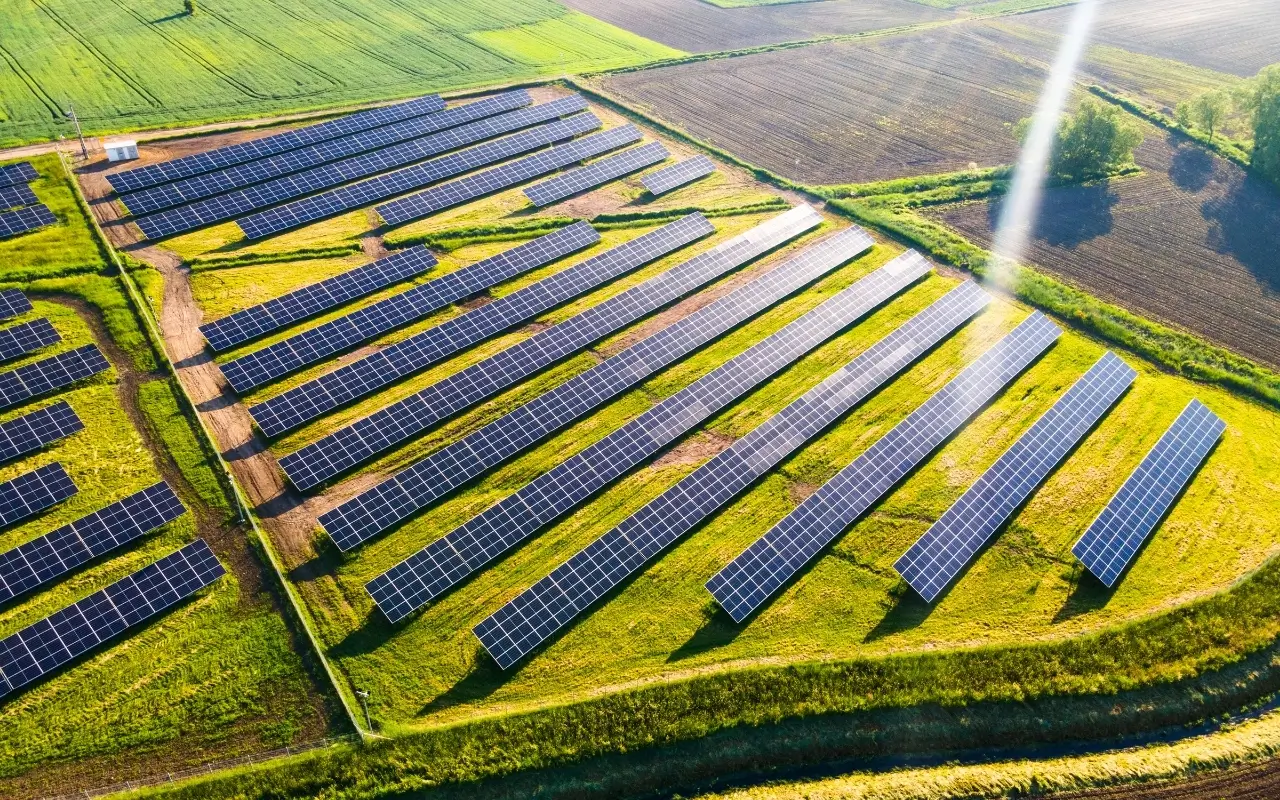
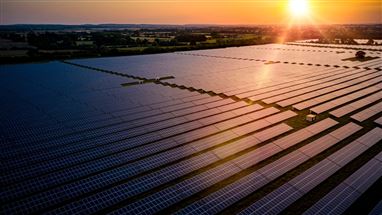
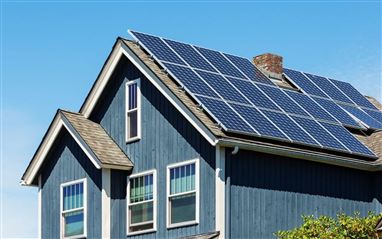
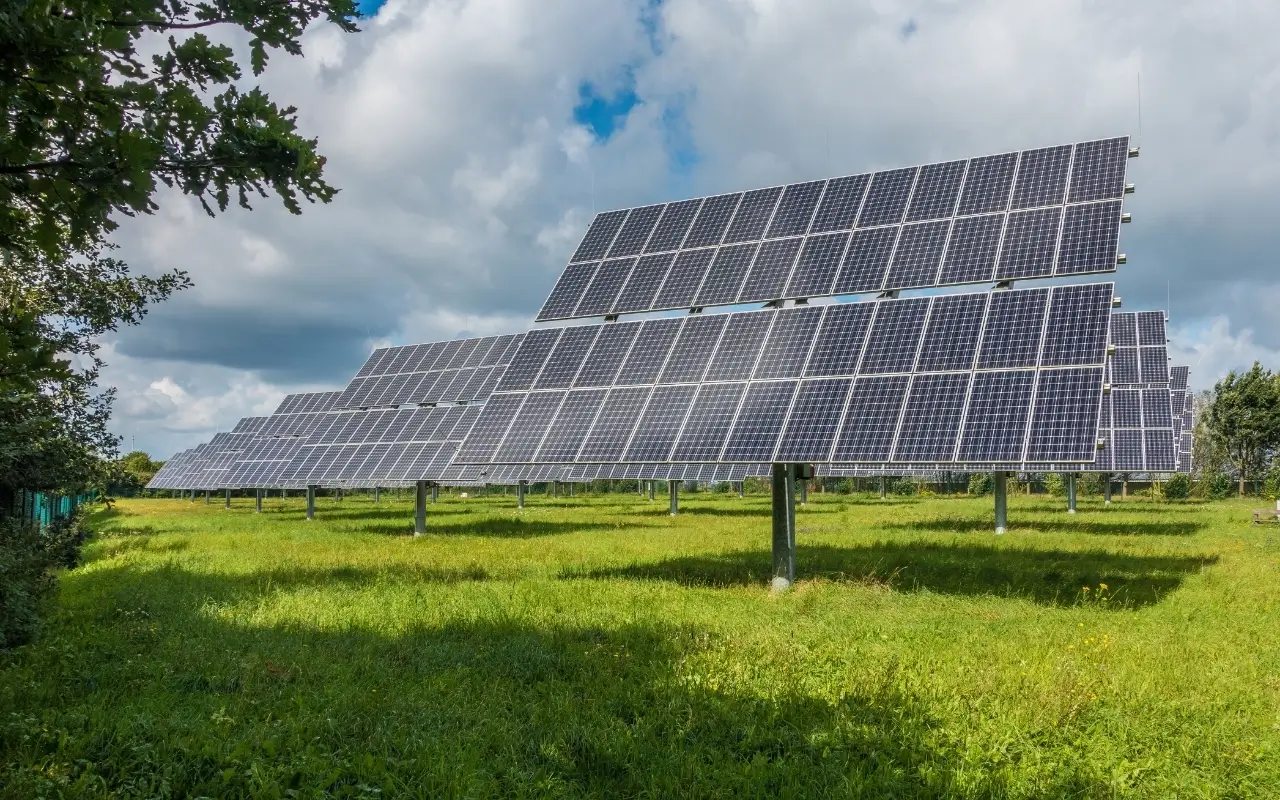
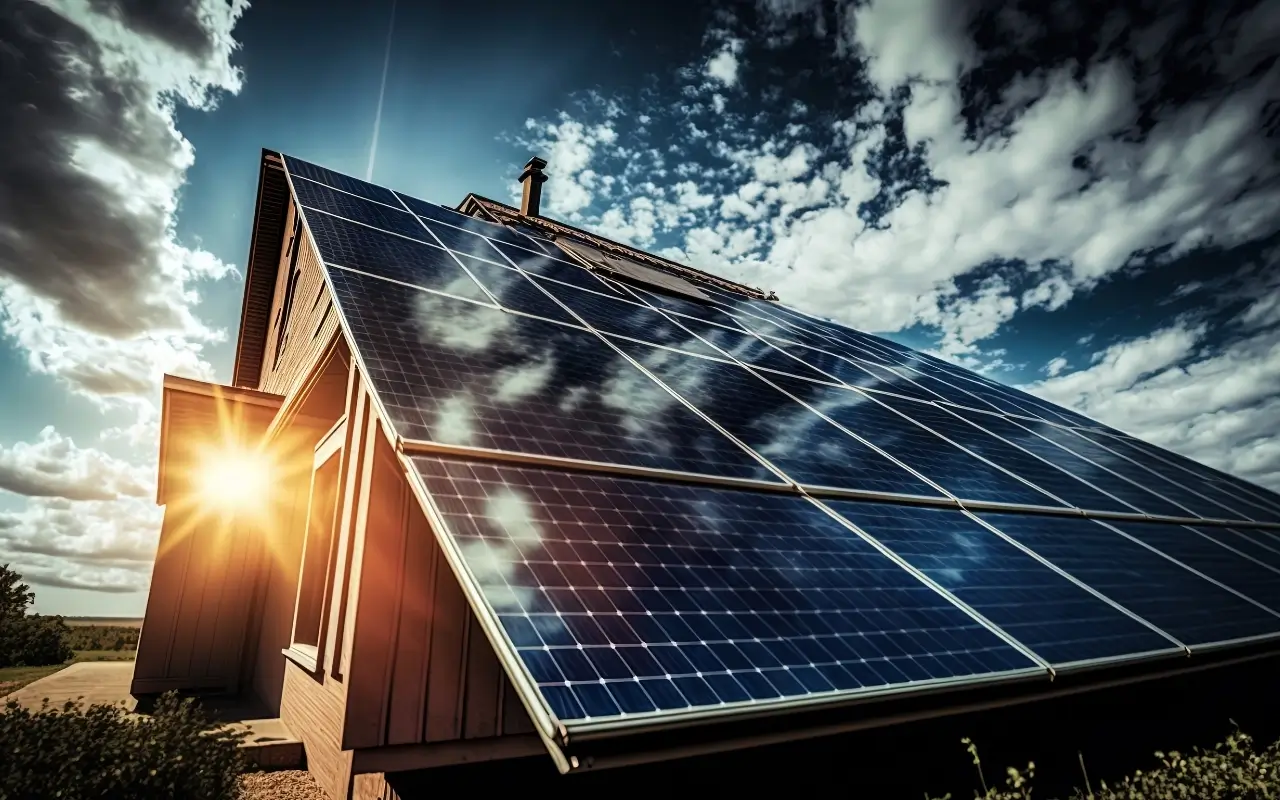
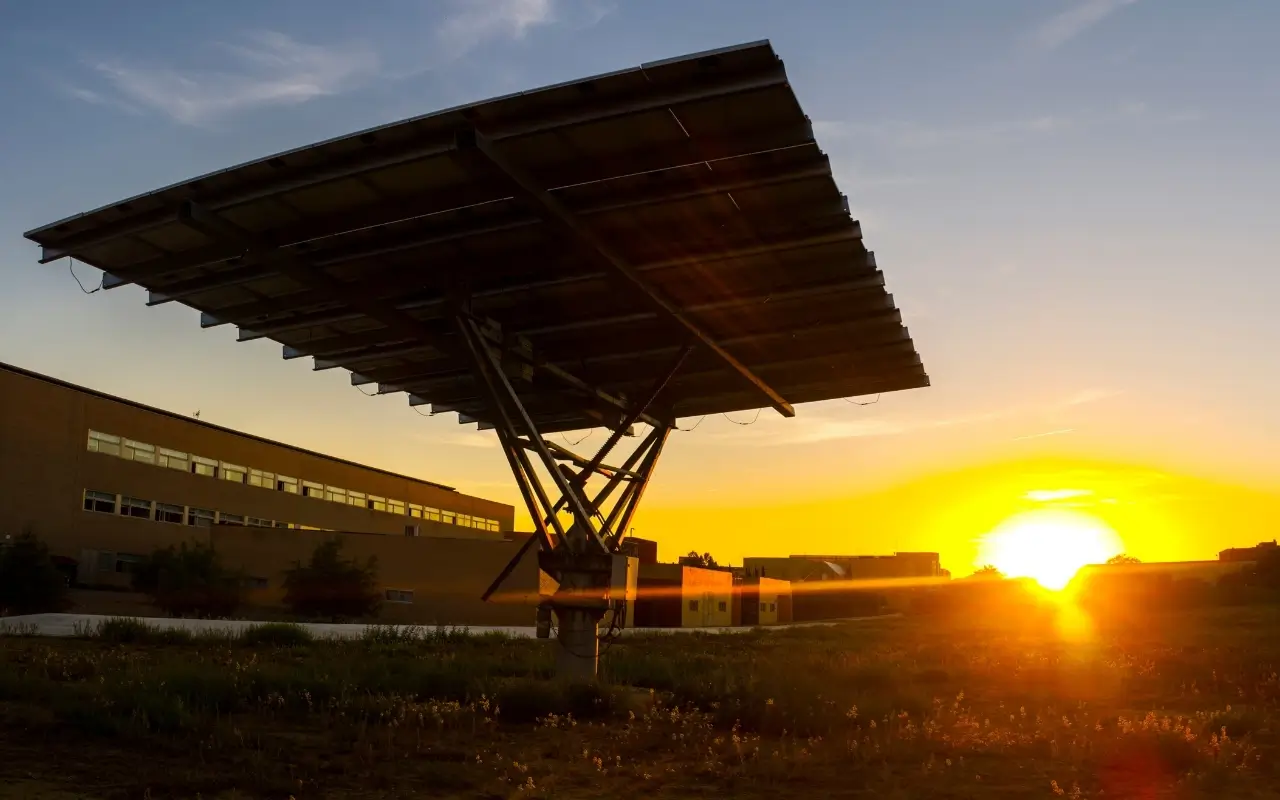
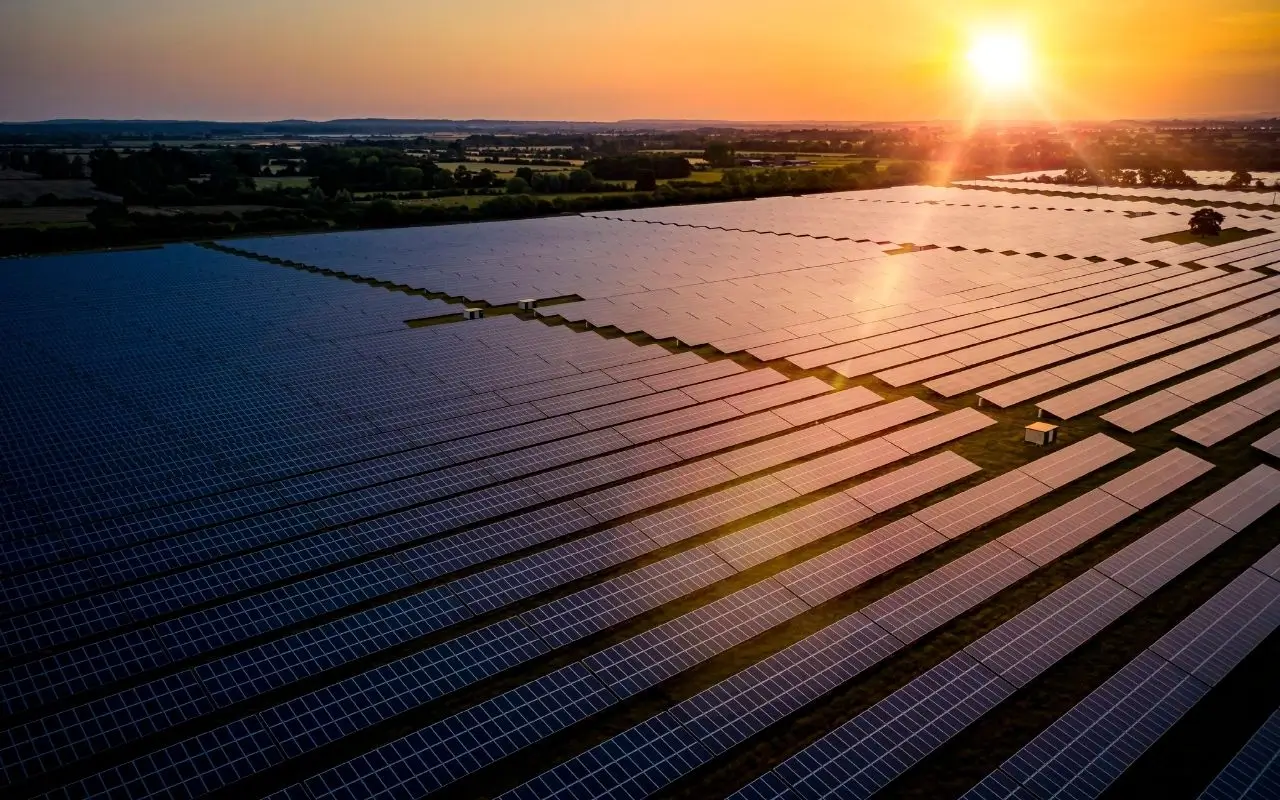
Do Comment